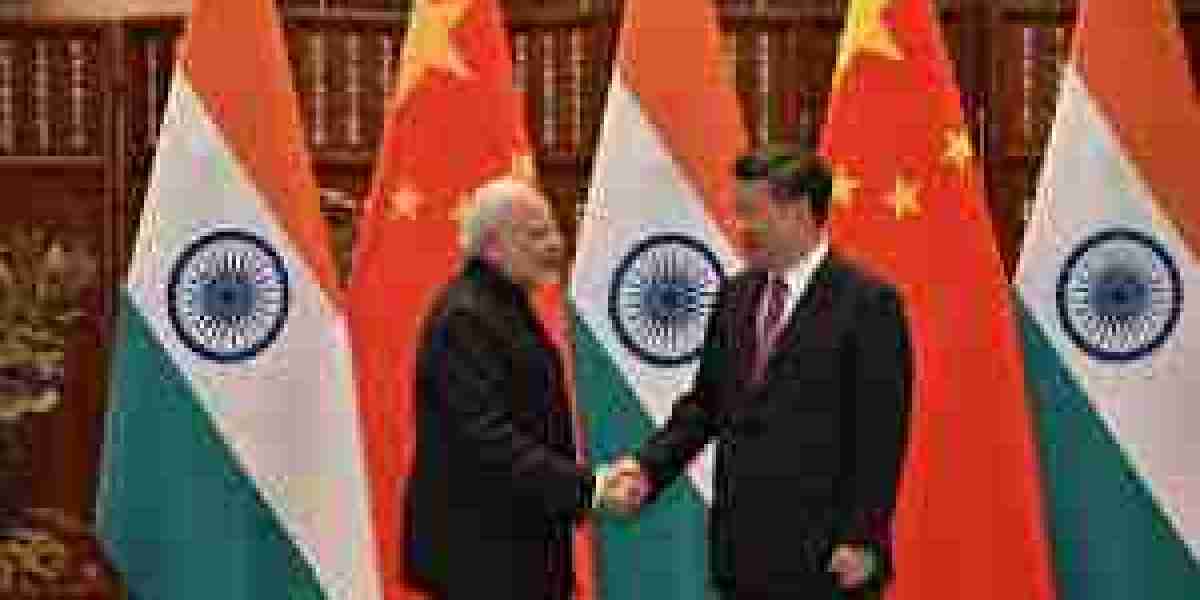The trajectory of India China relations has been marked by a complex interplay of cooperation and contention. While both nations have engaged in diplomatic dialogues and economic partnerships, underlying tensions, particularly along the Line of Actual Control (LAC), continue to challenge the bilateral relationship.
Historical Context and Recent Developments
Historically, India China relations have oscillated between periods of cordiality and conflict. The 1962 Sino-Indian War left a lasting impact, and subsequent border skirmishes have periodically flared tensions. In recent years, the Galwan Valley clash in 2020 marked a significant downturn, leading to a series of disengagement talks and military-level negotiations.
Despite multiple rounds of discussions, progress has been incremental. While disengagement has occurred in certain sectors, other areas remain points of contention. India has consistently emphasized the importance of restoring the status quo ante and ensuring peace and tranquility along the LAC as prerequisites for normalizing India China relations.
Strategic and Geopolitical Considerations
The broader geopolitical landscape further complicates India China relations. China's strategic partnerships in South Asia, including its close ties with Pakistan and infrastructural investments in neighboring countries, are viewed with caution by India. Conversely, India's engagements with the Quad and its increasing cooperation with Western nations are perceived by China as counterbalancing moves.
These dynamics underscore the strategic mistrust that permeates the relationship. While both nations acknowledge the benefits of economic collaboration and regional stability, divergent strategic objectives often hinder deeper cooperation.
Economic Interdependence and Challenges
Economically, India China relations are characterized by significant trade volumes, with China being one of India's largest trading partners. However, the trade imbalance, favoring China, has been a longstanding concern for India. Efforts to diversify supply chains and reduce dependency on Chinese imports have gained momentum, especially in the wake of border tensions.
Despite these challenges, economic pragmatism has often prevailed, with both nations recognizing the mutual benefits of sustained trade and investment. Nonetheless, economic ties remain susceptible to geopolitical fluctuations and domestic pressures.
Path Forward: Diplomacy and Mutual Respect
The future of India China relations hinges on sustained diplomatic engagement and mutual respect for each other's core concerns. Confidence-building measures, transparent communication, and adherence to established protocols are essential to prevent misunderstandings and manage disputes effectively.
Both nations stand to gain from a stable and cooperative relationship, not only for their own development but also for regional and global stability. By prioritizing dialogue and demonstrating a willingness to address contentious issues constructively, India and China can pave the way for a more harmonious coexistence.
Conclusion
In conclusion, while challenges persist, there exists a pathway toward improved India China relations. The onus lies on both nations to navigate their differences with diplomacy and foresight, ensuring that bilateral ties evolve in a manner that benefits not only their own populations but also contributes positively to the broader international community.



